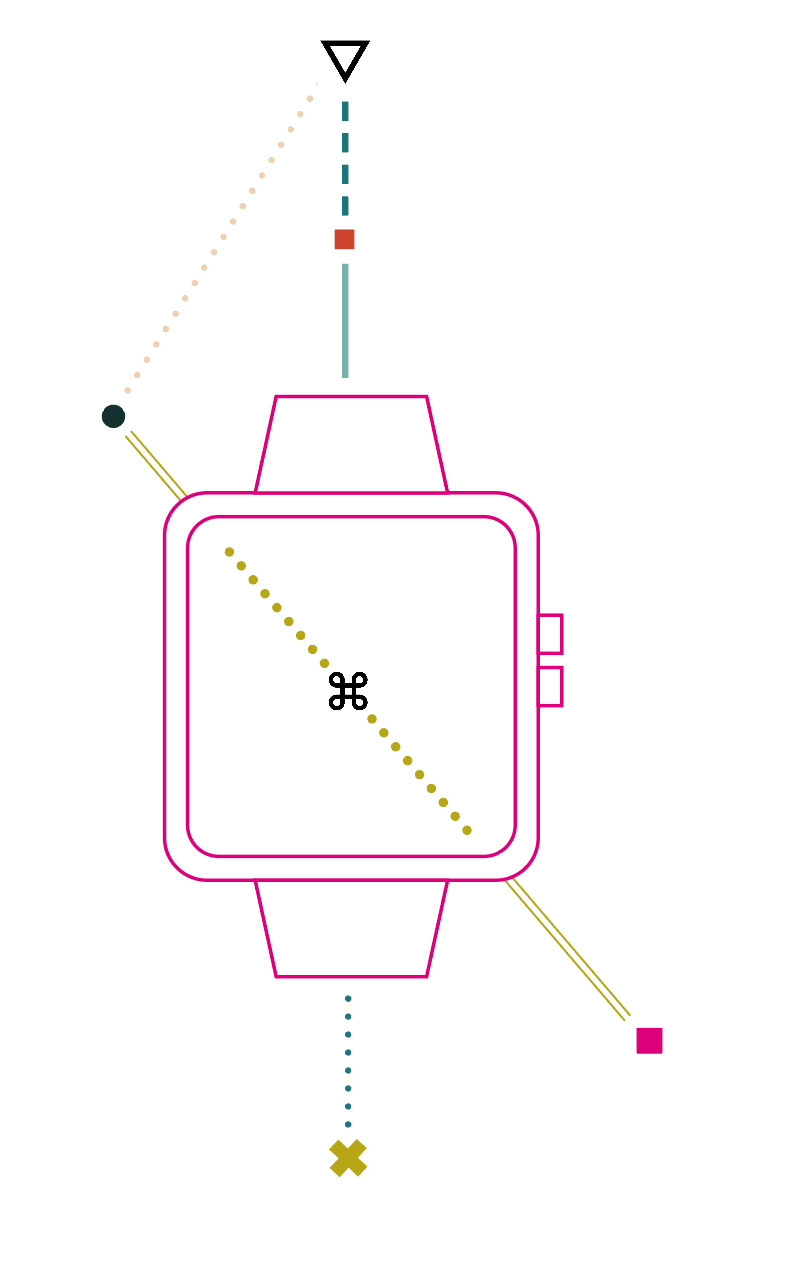[ thrust 02 ]
wearable device development
Modeling social mixing for pandemic prevention requires objective measures of both individual mobility and social interactions. In Thrust 2 we work to identify the core functions and technological developments necessary to pilot a device capable of monitoring mobility, social mixing, and biometrics in real-time to augment existing data streams.
A roadmap for development
During Predictive Intelligence for Pandemic Prevention (PIPP) Phase I we are holding meetings and workshops to identify the most pressing challenges to developing a health-monitoring and tracking device. In our workshops we bring together experts, both internal and external to Brown, from disciplines that include health-sensor development, public health, bioethics and infectious diseases to provide informative presentations that will promote discussions on the four task areas.
First, we need to establish the minimum health measures necessary for the device to noninvasively assess risk of infection for a particular virus. For example, measuring core body temperature alongside blood oxygen level would be obvious metrics to gauge possible risk for COVID-19 infection, as well as other contagious diseases that present similar symptoms. But perhaps body temperature and heart rate monitoring would be more suitable for detecting the spread of norovirus in a community.
Second, maximizing battery life is essential for a wearable device, and the amount required will depend on the functionality for health monitoring and mobility tracking.
Third, there are human factors and design engineering aspects to the device that will be necessary to mitigate concerns with adoption by a user community.
Fourth, ethical concerns relating to individual privacy will place constraints on the information that should be gathered at the individual level. Many privacy issues emerge, including tracking and health-data extraction and sharing.
To maximize the use of wearable devices for pandemic prediction, the following challenges will need to be addressed.
Meet the App and Hardware Working Group:
Co-PI Kimani Toussant, Professor of Engineering at Brown University, leads MAPPS Thrust 2. MAPPS is collaborating with Brown’s Center for Computation and Visualization (CCV) to design and implement an app-based data collection tool for the MAPPING@Brown study planned for November 2023. The core working group members are Mark Lurie (MAPPS PI and Professor of Epidemiology), Guixing Wei (Senior Research Scientist at Spatial Structures in the Social Sciences - S4), Jason Gantenberg (Research Scientist in Health Services, Policy & Practice and Assistant Professor of Practice in Epidemiology), Bradford Roarr (Lead Research Software Engineer at CCV), Galen Winsor (Software Engineer at CCV), Samuel Rosenblatt (PhD student at UVM), Bryn Loftness (PhD student at UVM and visiting student at the Broad Institute), Peyton Luiz (MAPPS Project Manager), Marta Wilson-Barthes (Project Manager at the International Health Institute).


